Description
From the mountain, Nablus appears to be a blazing brazier, and the lamps are like the grains of flour, but the darkness, the sighs, and the calls of the youth. And where does Hussam al-Masdar sleep? He comes with the cracks of dawn and the morning call to prayer, tapping on the attic window and saying, still behind the partitions, “Good morning, auntie.” May your morning be happy, may your wings spread, and may your day be filled with light and joy. Up, my aunt, up, up, your cheek is asleep.” She would get up from her bed and he would lie in it, sleeping until before noon. Once, he came to her with a friend of his, and they were as hungry as stray cats, so they ate the bread and she borrowed more. A few days later, he came to her with the same friend, and in his chest was a lump of dust. The young man died in her arms, and Hossam was crying in the dark, standing on the roof and whistling, so they came like jinn from the night, carried him and buried him in moments without his mother knowing, and when she brought her the ominous news, he said madly: My son alone? My son and your son, you dragged him! And she remembered. Yes, by God, for she was the one who cut his navel, and she was the one who received his good news, and she was the one who carried him on the day of his circumcision, and today, she is the one who allows his last tear to shed, and the memory of his cloudy eyes and the smell of his sweat. He died while dreaming of a hot bath, and they buried him with his sweat and the smell of the hay and straw stuck in his hair. The silence of birth, so she rushed to her. The head appeared then disappeared, and she slept and it cooled The labor pains subsided, and she feared they would cool down further. So she cried out, “Your son’s eyes, O covered one! Your son’s eyes!”
From the reality of the suffering of the Palestinian people and their bloody massacre, Sahar Khalifeh captures the images in her novel, “Bab al-Saha,” to tell Arabs, in her simple, expressive style, of the daily scenes that take place behind this large door, which is a metaphor for other doors that conceal the same suffering in Palestine. In a neighborhood in Nablus, the author captures her images from every house, depicting, through the character of “Midwife Zakiya,” and with her own eyes, the destruction, burning, and devastation taking place in Nablus’ homes at the hands of those who bear the blue-and-white flag. In her depictions, she does not forget to consider the deteriorating reality of Palestinian women, attempting to compare their condition today after the Intifada with their condition before that, during the days of glory, when tears had no place in their eyes and fear had no expression in their features.

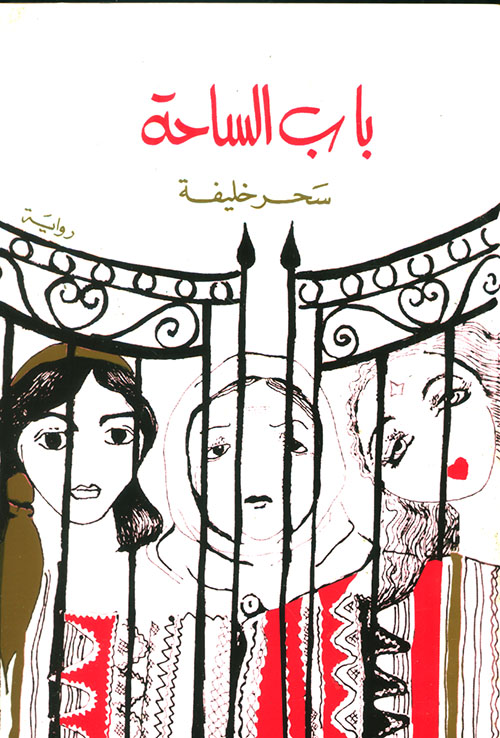
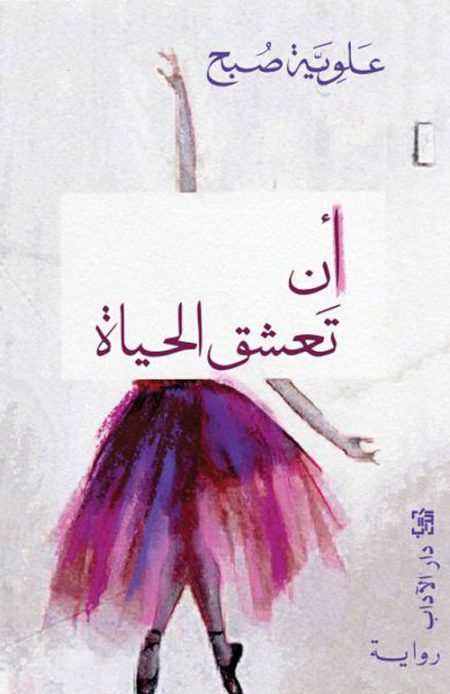
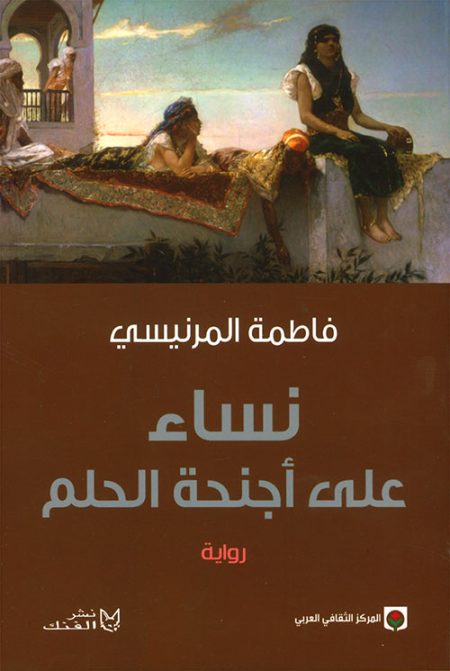
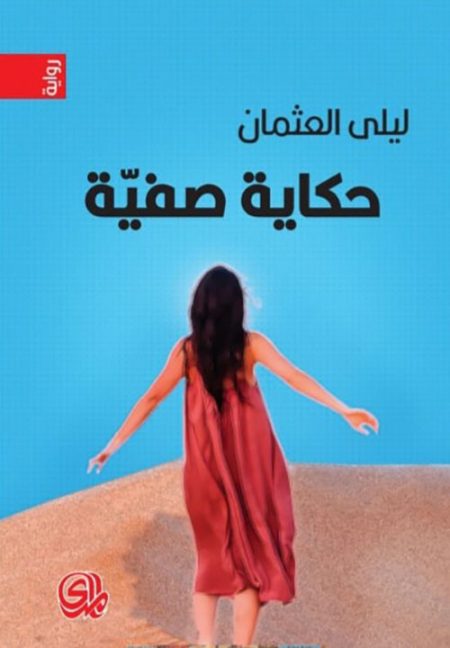
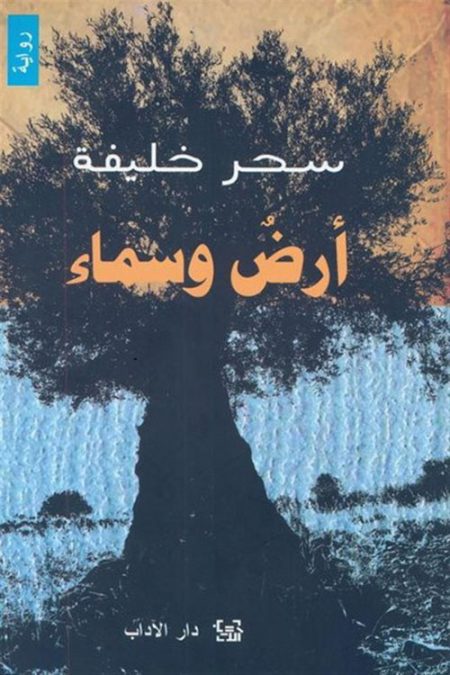
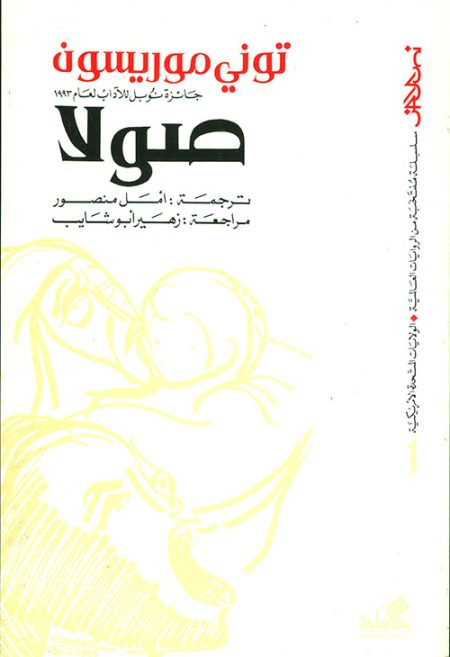
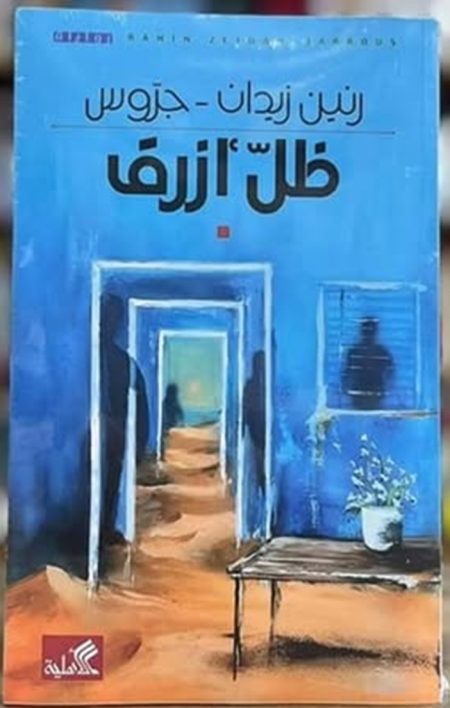
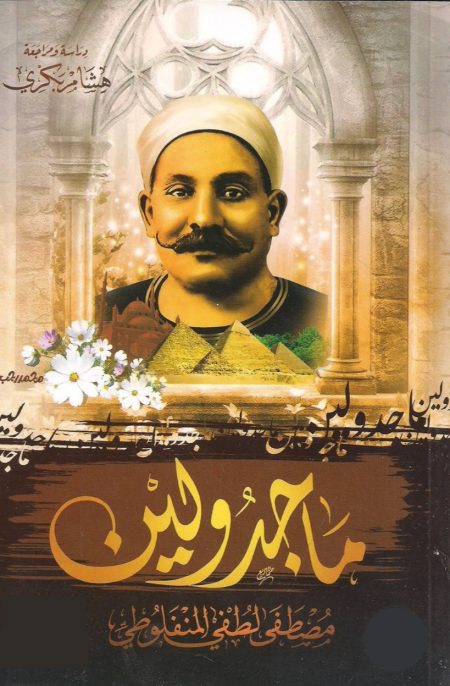

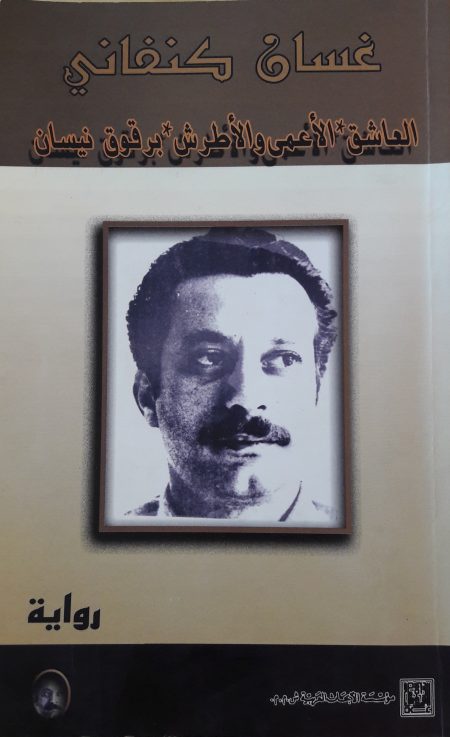
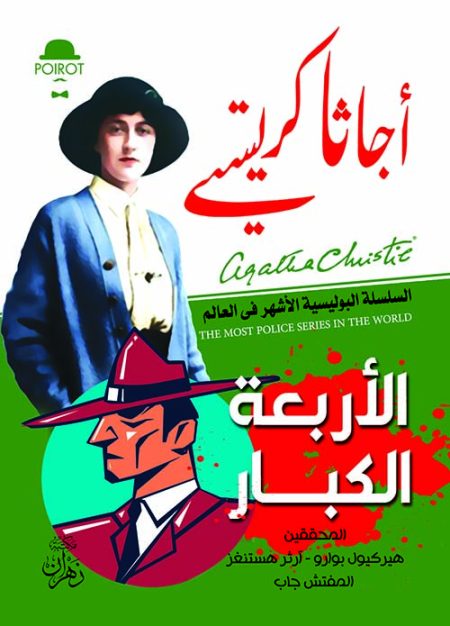
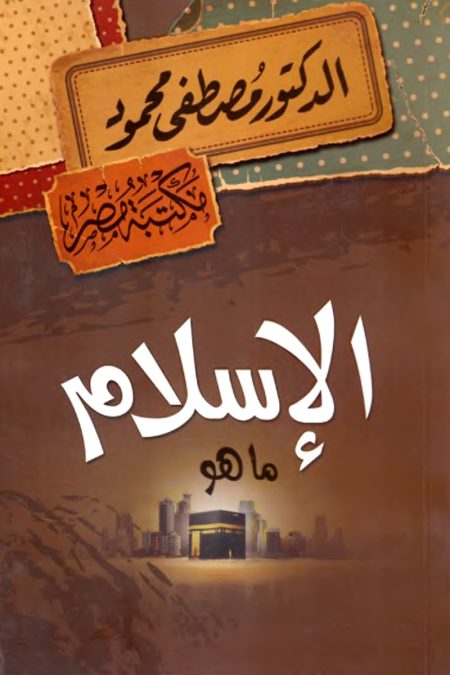
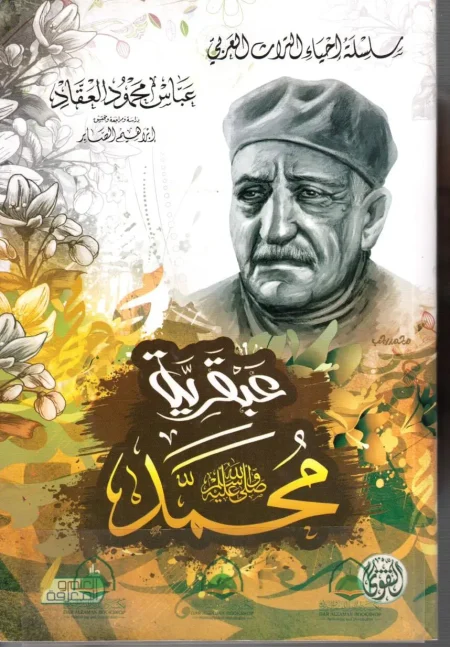
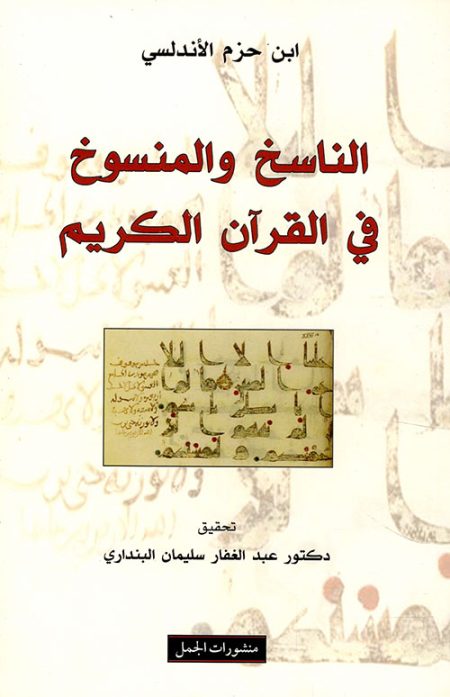
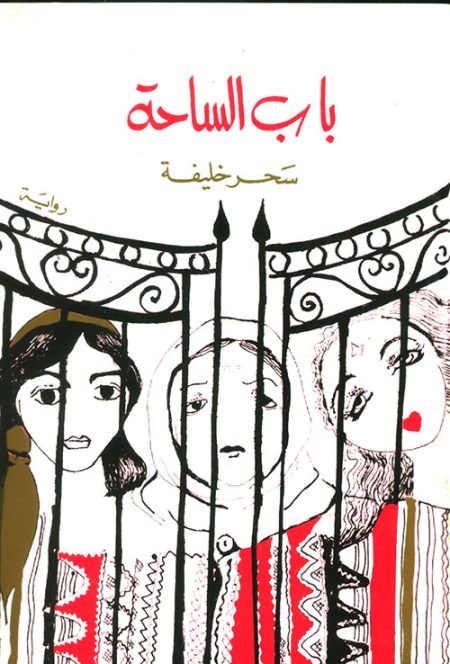
Reviews
There are no reviews yet.